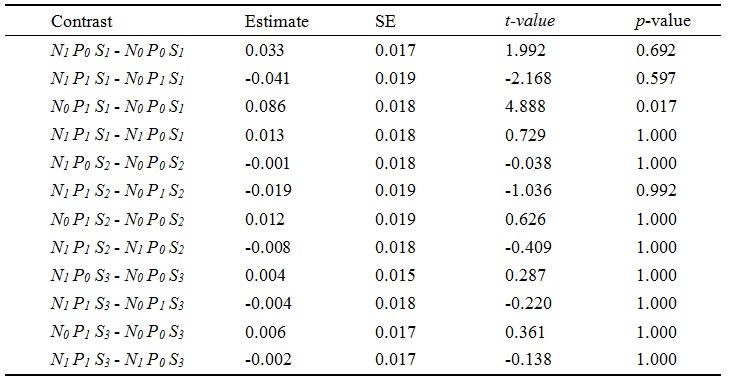

Atmospheric nitrogen (N) deposition and increasing precipitation affect carbon sequestration in terrestrial ecosystems, but how these two concurrent global change variables affect xylem growth in trees (i.e. independently or interactively) remains unclear. South China Botanical Garden conducted novel experiments in central China to monitor the xylem growth in a dominant species (Quercus acutissimaCaruth.) in response to N addition (CN), supplemental precipitation (CW), or both treatments (CNW), compared to untreated controls (C). Measurements were made at weekly intervals during 2014–2015.
The results showed that supplemental precipitation significantly enhanced xylem growth in the dry spring of 2015, indicating a time-varying effect of increased precipitation on intra-annual xylem growth. Elevated N had no significant effect on xylem increment, xylem growth rate, and lumen diameters and potential hydraulic conductivity (Ks) of earlywood vessels, but Ks with elevated N was significantly negatively related to xylem increment. In the dry early growing season of 2015, xylem increment with supplemental precipitation was significantly higher than that without supplemental precipitation when no N was added; However, no significant difference was found between the xylem growth with and without supplemental precipitation when N was applied (Figure 1 and Table 1). These findings indicated that xylem width was more responsive to supplemental precipitation than to increasing N in a dry early growing season; the positive effect of supplemental precipitation on xylem growth could be offset by elevated N resources. The negative interactive effect of N addition and supplemental precipitation also suggested that increasing N deposition and precipitation in the future might potentially affect carbon sequestration of Q. acutissima during the early growing season in central China. The effects of N addition and supplemental precipitation on tree growth are complex and might vary depending on the growth period and local climatic conditions.
The results of this study have been published in Tree Physiology (IF = 4.196) (https://academic.oup.com/treephys/advance-article/doi/10.1093/treephys/tpab152/6431947?guestAccessKey=b042e7b0-4906-47d6-9b62-e9b0c7c52af5).

Figure 1. Seasonal interaction plots between nitrogen (N) addition and precipitation (P) increase for xylem formation in 2014 and 2015. The adjust mean values present the least-squares means computed from the mixed effects model using the R Package “lsmean”. The error bars represent the 95% confidence interval. N0: without N addition; N1: with N addition; P0: without increased precipitation; P1: with increased precipitation.

Table 1. Post-hoc analysis after the significant interactive effect of nitrogen addition (N0 and N1), precipitation increase (P0 and P1), and season (S1, S2, and S3) on relative xylem growth in 2015 made using the “pairs” function in R package “lsmeans”.

